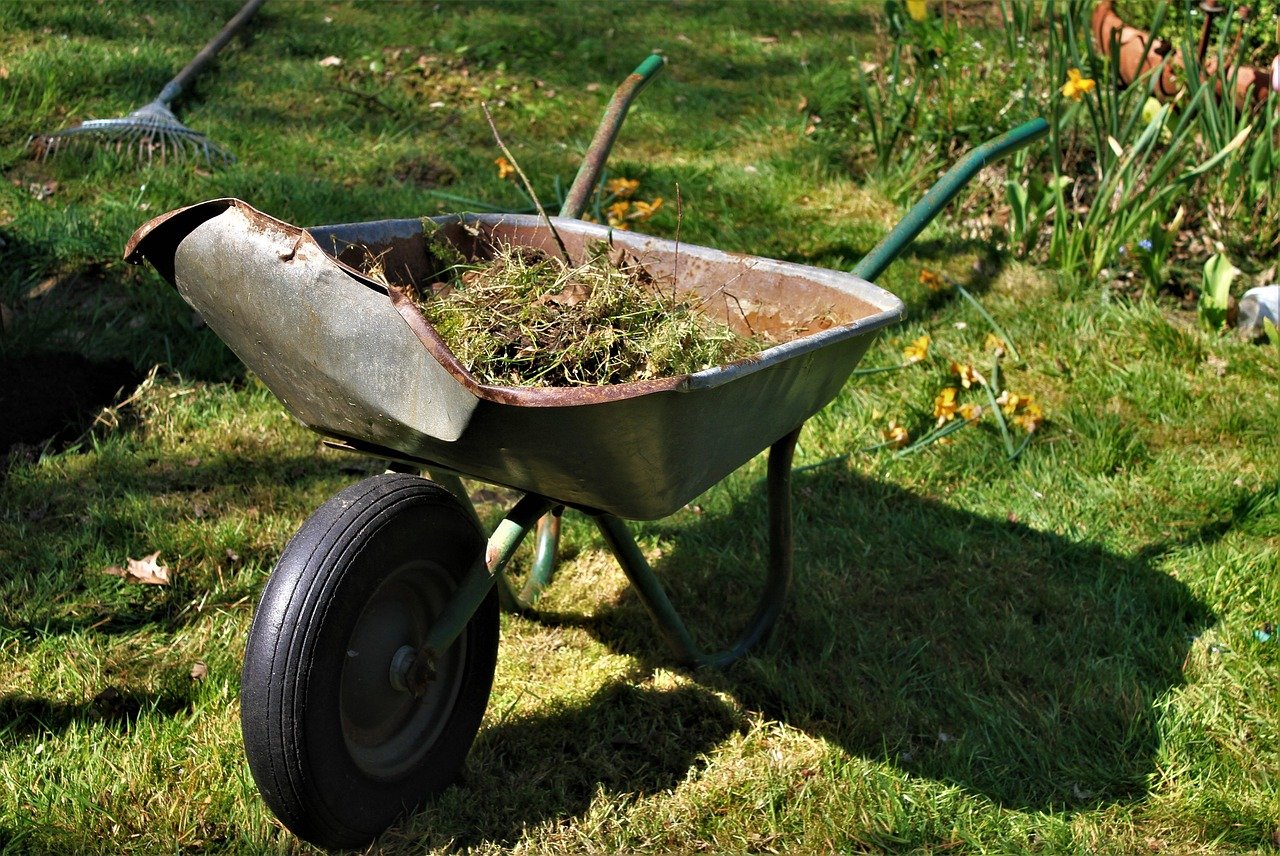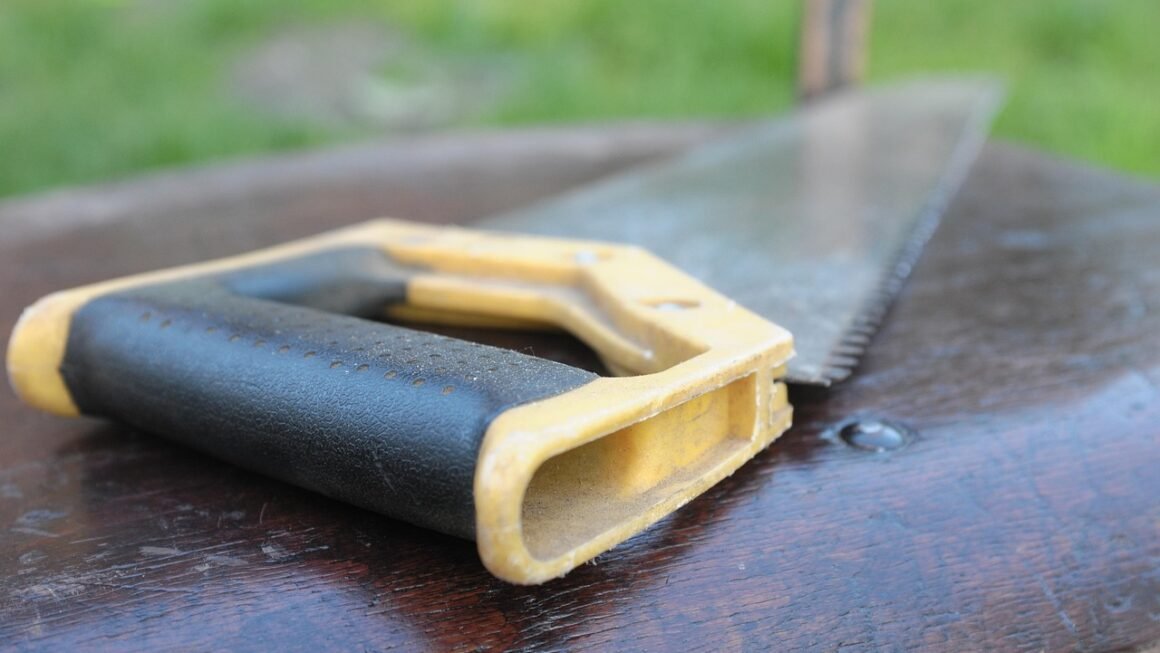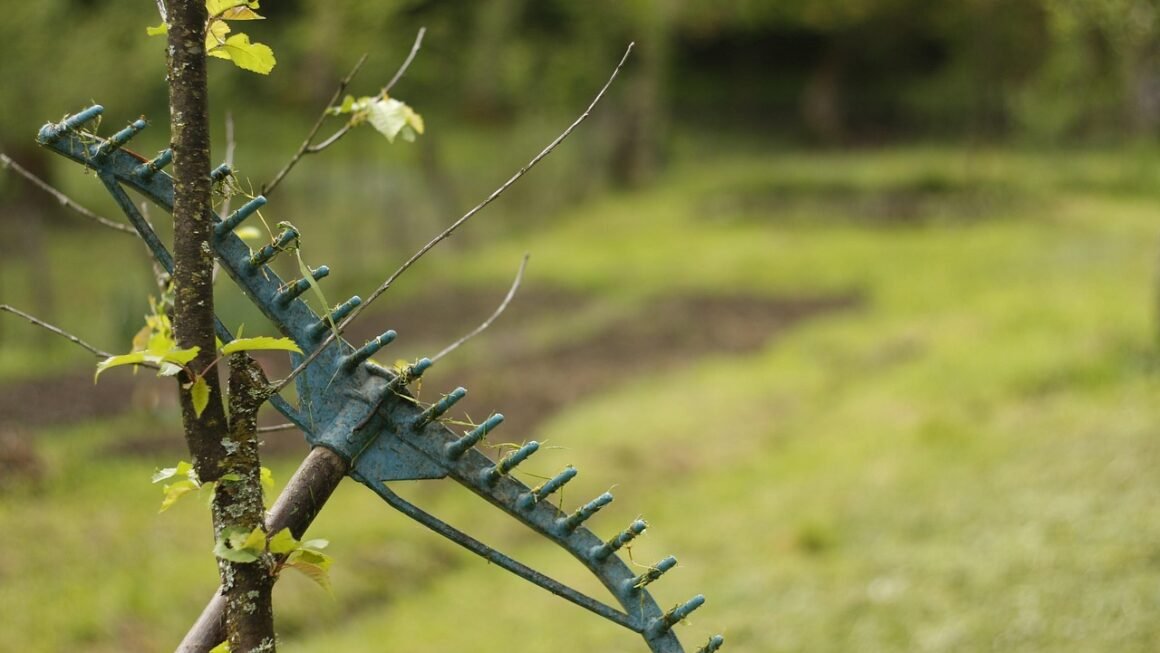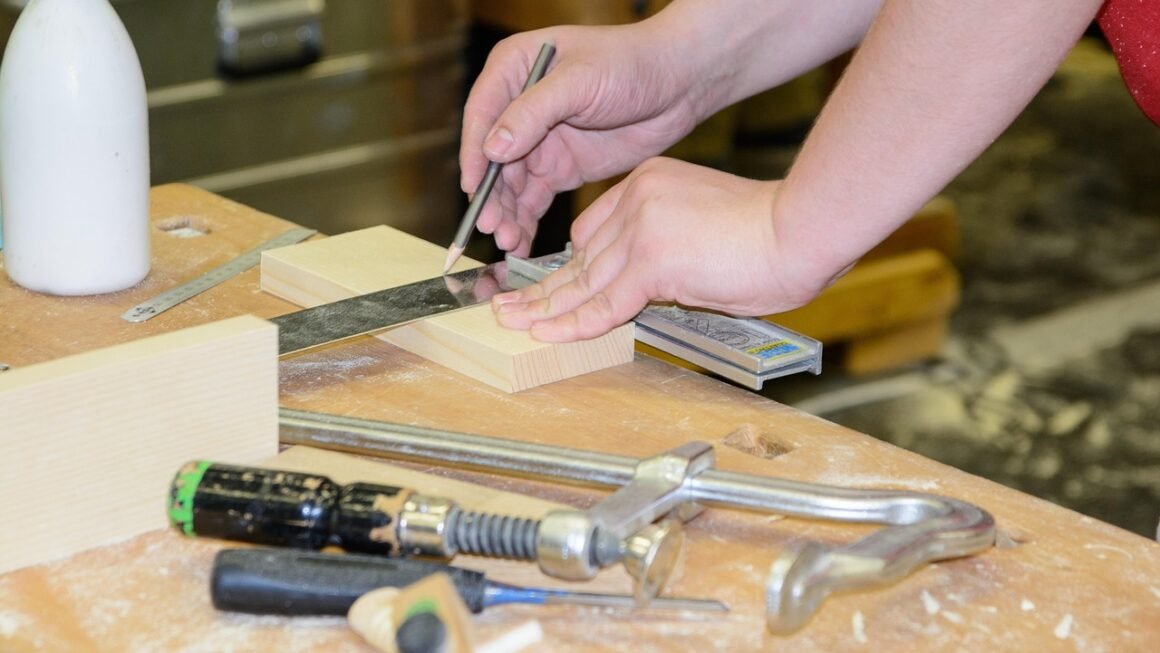A garden fork is an indispensable tool for any gardener, from the novice tending a small patch to the seasoned professional managing acres. More than just a glorified pitchfork, the garden fork is designed to aerate soil, turn compost, lift root vegetables, and much more. Choosing the right one can significantly impact your gardening efficiency and comfort. This guide delves into the world of garden forks, providing you with the knowledge to select the perfect tool for your gardening needs.
Understanding the Garden Fork: A Versatile Tool
What is a Garden Fork?
A garden fork is a hand tool featuring sturdy tines (typically four, but sometimes more) attached to a handle. Unlike a shovel designed for scooping, a garden fork is primarily used for lifting, turning, and aerating soil and other garden materials. The tines are designed to penetrate the soil with minimal disturbance, making it ideal for tasks where preserving soil structure is important.
Different Types of Garden Forks
While seemingly simple, garden forks come in various types to suit different tasks and soil conditions:
- Digging Forks: These forks have strong, pointed tines designed to break up compacted soil and turn over garden beds. They are the most common type of garden fork.
- Border Forks: Smaller and lighter than digging forks, border forks are ideal for working in tight spaces, such as around plants and in raised beds.
- Compost Forks: Featuring wider tine spacing, compost forks are designed for turning and aerating compost piles. The wider spacing prevents clogging with organic matter.
- Potato Forks: Also known as root crop forks, these forks have flattened or rounded tines to gently lift potatoes and other root vegetables from the soil without damaging them.
Key Features to Consider
Tine Material and Construction
The material and construction of the tines are crucial for the fork’s durability and performance.
- Steel: Steel tines are the most common, offering excellent strength and durability. Look for forks with hardened steel tines for increased resistance to bending and breaking.
- Stainless Steel: Stainless steel tines are highly resistant to rust and corrosion, making them ideal for gardeners in wet or coastal climates. However, they can be more expensive than steel forks.
- Forged vs. Stamped: Forged tines are stronger and more durable than stamped tines. Forged tines are created from a single piece of metal, while stamped tines are cut from a sheet of metal.
Handle Material and Length
The handle significantly affects comfort and ease of use.
- Wood: Wooden handles, particularly those made from ash or hickory, offer a comfortable grip and a natural feel. However, wood can be susceptible to weathering and may require regular maintenance.
- Fiberglass: Fiberglass handles are lightweight, strong, and weather-resistant. They are a good option for gardeners who prefer a low-maintenance option.
- Metal: Metal handles are extremely durable but can be heavier and less comfortable to grip. Look for handles with a comfortable coating or grip.
- Handle Length: Choose a handle length that suits your height and working style. Longer handles provide more leverage, while shorter handles offer greater control in tight spaces. Generally, taller individuals benefit from longer handles.
Weight and Balance
The weight and balance of the garden fork can impact fatigue and efficiency.
- A well-balanced fork will feel comfortable in your hands and require less effort to use.
- Consider the weight of the fork in relation to the tasks you will be performing. A lighter fork is ideal for lighter tasks, while a heavier fork may be necessary for breaking up compacted soil.
Choosing the Right Garden Fork for Your Needs
Assessing Your Garden Tasks
Consider the types of tasks you’ll be performing most frequently.
- Digging and Soil Turning: If you regularly need to turn over soil or break up compacted areas, a digging fork with strong, pointed tines is essential.
- Composting: A compost fork with wider tine spacing will make turning and aerating your compost pile much easier.
- Harvesting Root Vegetables: A potato fork with flattened or rounded tines is designed to gently lift root vegetables without damaging them.
- General Garden Maintenance: A border fork is a versatile option for general garden maintenance, such as aerating soil around plants and working in raised beds.
Considering Your Soil Type
The type of soil you have can influence the best choice of garden fork.
- Heavy Clay Soil: Choose a strong digging fork with sharp, pointed tines to penetrate the dense soil. Consider a fork with a longer handle for added leverage.
- Sandy Soil: A lighter border fork may be sufficient for working in sandy soil, as it is easier to penetrate.
- Rocky Soil: Look for a fork with forged steel tines and a robust construction to withstand the impact of rocks.
Ergonomics and Comfort
Ergonomics play a crucial role in preventing strain and injury.
- Choose a fork with a handle length that allows you to maintain a comfortable posture while working.
- Look for handles with a comfortable grip to reduce hand fatigue.
- Consider the weight of the fork in relation to your strength and endurance.
Maintaining Your Garden Fork
Cleaning and Storage
Proper maintenance will prolong the life of your garden fork.
- After each use, clean the tines with a wire brush to remove soil and debris.
- Dry the fork thoroughly to prevent rust and corrosion.
- Store the fork in a dry place, preferably hanging it up to prevent damage to the tines and handle.
Sharpening the Tines
Sharpening the tines can improve the fork’s penetration into the soil.
- Use a metal file to sharpen the tines at a slight angle.
- Be careful not to over-sharpen the tines, as this can weaken them.
Handle Care
Take care of the handle to prevent cracking and splintering.
- For wooden handles, apply a coat of linseed oil or other wood preservative to protect the wood from moisture and weathering.
- Inspect the handle regularly for cracks or damage. Replace the handle if necessary.
Conclusion
Choosing the right garden fork is a worthwhile investment that can significantly improve your gardening experience. By understanding the different types of forks, considering your specific gardening tasks and soil conditions, and prioritizing comfort and ergonomics, you can select a tool that will serve you well for years to come. Regular maintenance will further extend the life of your garden fork, ensuring it remains a reliable companion in your gardening endeavors. With the right garden fork in hand, you’ll be well-equipped to tackle any gardening challenge and cultivate a thriving garden.




